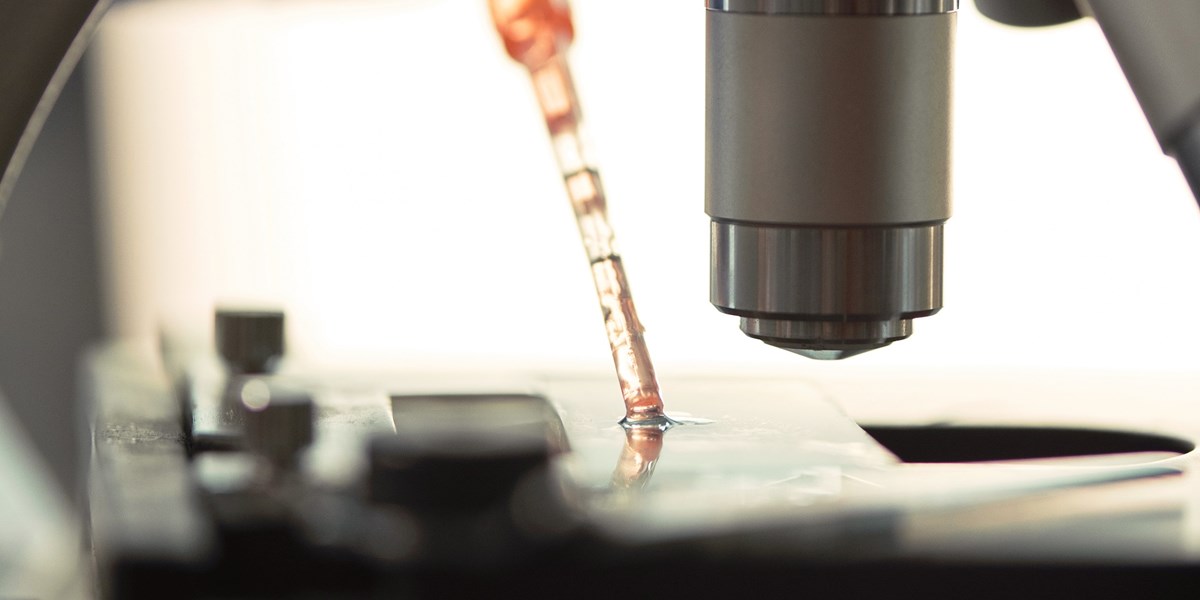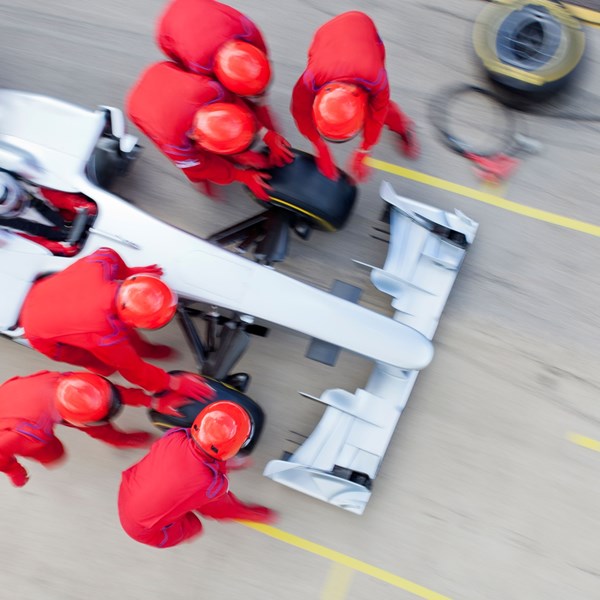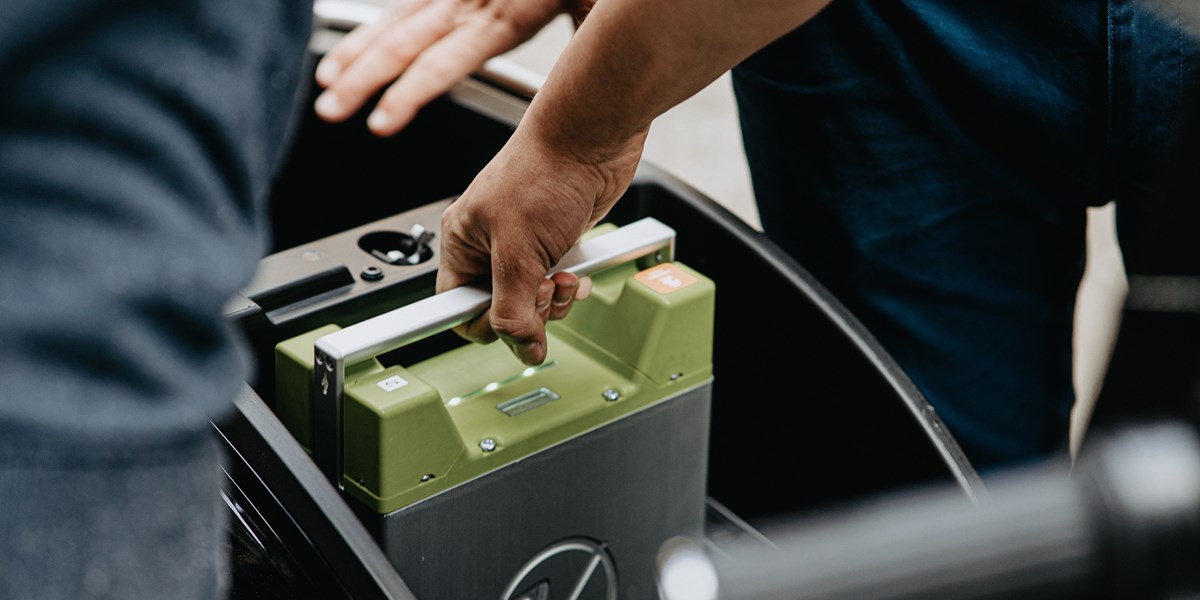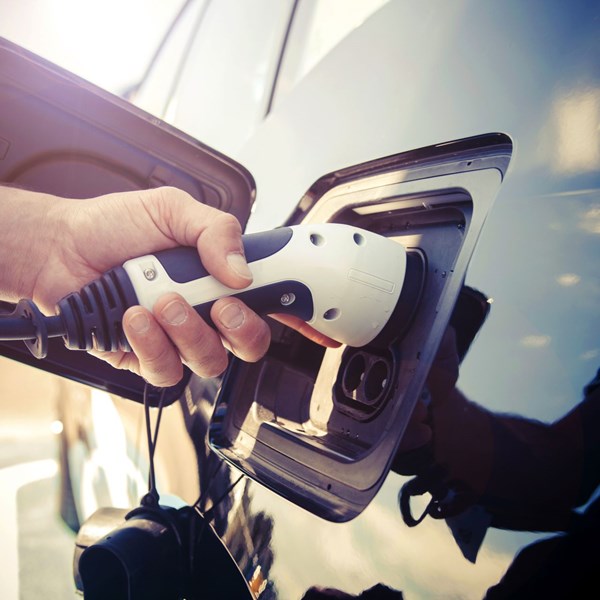The way the world has been forced to change amid the Covid-19 pandemic is likely to have a lasting impact on the way we live our lives even when the lockdown restrictions are lifted. In this new economic and social environment, how can the renewable energy and battery sector prosper?
Experience tells us there are many factors that drive innovation. A changing business environment may provide new opportunities to be inventive. Changing consumer needs or consumer acceptance of new technologies are also drivers that allows innovation to flourish. New technological breakthroughs, while being inventions in themselves, may also provide a springboard for new products and applications to be developed in different directions. We also see competitive innovation between businesses that are striving for a commercial advantage over one another to win market share.
If we consider which of these drivers are present in the current situation, there have been widely reported improvements in air quality1, which are welcomed by the many confined to their homes. The groundwork for a green future has already been laid with battery-electric vehicles gaining in popularity, legislation in many countries to stop the production of combustion engine vehicles, and the growth of renewable energy sources alongside battery storage solutions. Therefore, post-lockdown, could the public be even more receptive to these innovative energy solutions? The economic impact will certainly have repercussions for years to come and will create a different business environment going forward, which can create opportunities for innovation. The recovery from the banking crisis was accompanied by a surge in energy consumption2 and this could be repeated, but with a greener mix of energy solutions and supporting technology. The switch to greener energy is not without problems and the environmental cost of producing the new green technology and the recycling of lithium batteries are matters still to be adequately addressed. With the economic and social drivers looking to be in favour of green technologies and problems still to be solved, how can the opportunity be exploited?
An intellectual property (IP) strategy should support the commercial goals of the business and, therefore, the commercial goals shape the IP strategy. The IP system is there to reward those who innovate with a time-limited monopoly and those who innovate first may gain the wider monopoly. Therefore, what should those commercial goals be? Where are the new opportunities going to arise?
1. POWERING REMOTE WORKING
While working from home may have been forced upon businesses, many have adapted well and have found that teams of people can still be productive despite geographic separation. The need for large and expensive city-centre office space has been brought into question, while workers may have welcomed being freed from the daily commute. If these changes persist could the future shift in energy usage from cities to wider areas be exploited? Would a more distributed grid energy storage arrangement be beneficial in such an instance? With electric vehicles gaining in popularity alongside reduced commuting, could vehicle-to-grid technologies provide that more localised energy storage?
2. SUPPORTING TECHNOLOGY INFRASTRUCTURE
Working from home has also highlighted the need for more reliable broadband and communication technology outside of the large urban areas. With an acceleration in the development of telecommunication infrastructure combined with Internet of Things and A.I. technologies, could a more effective and efficient system of controlling the flow of energy between generation sites, energy storage facilities and consumer devices be possible?
3. TAKING FLIGHT IN GREENER SKIES
The environmental awareness of consumers may also be heightened post-Covid-19 and the electrification of transport and logistics may be seen as important by the market. The airline industry has taken a big hit at a time when the environmental impact of air travel3 was being questioned and may need to adapt going forward. The electrification of aircraft is a challenge and hybrid-battery solutions could be a place to focus innovation during this period of accelerated change.
4. BRINGING EFFICIENCIES TO HOME DELIVERY
With the high street closed and consumers shopping for their groceries and other items online, home delivery services are being used more. The shift online appeared inevitable before and now more people have gained a taste for the online experience. It may be that solutions that improve the green credentials of logistics and delivery will be well received and the battery industry could be well placed to contribute.
5. SEIZING THE OPPORTUNITY
While the restrictions are ongoing, the instinct may be to adopt an IP strategy that reduces costs and to curtail research and development spend. This is important to an extent and determining business-critical activities and managing risk all carry IP strategy implications. However, with a globally altered landscape and several drivers of innovation aligning, now could be the time to identify where the new opportunities may arise. It may be more important than ever to ensure that you have a business and IP strategy focussed on exploiting these opportunities and that you can effectively capture inventions as they are created.
These good practices will support the long-term sustainability and future growth of your business and to help with reshaping your IP strategy, we have created a free practical guide to identify your priorities. It is called The Next 100 Days and that is because the actions you take now will certainly lay the foundations for your long term success I hope you find it useful and that we can all look ahead to a brighter future full of innovation for the renewable energy and battery sectors following these darker times.







